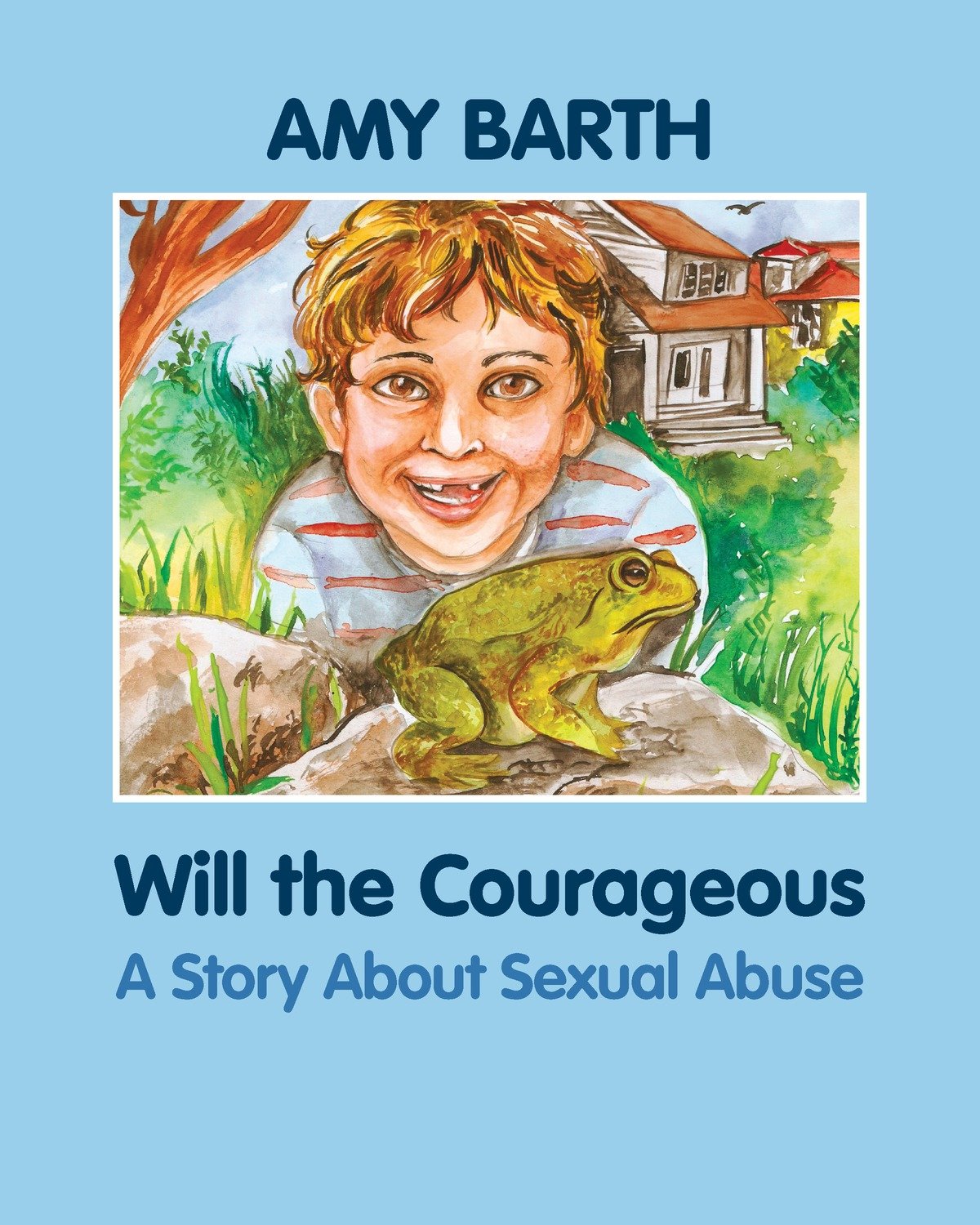Can we truly ignore the harrowing statistics of sexual violence within Latin@ and Hispanic communities? A bold statement reveals that one in three Latina women will experience sexual violence in their lifetime, a figure that demands immediate attention and action. This pervasive issue is not just a statistic; it represents countless lives affected by trauma and injustice. The reality is stark: Latin@ and Hispanic individuals face unique challenges when confronting sexual violence, including cultural stigmas, language barriers, and systemic inequalities.
Rape and sexual abuse impact millions annually in the United States, with people of color experiencing disproportionately higher rates. Within the Latin@ community, these experiences are often compounded by complex social dynamics. For instance, intimate partner violence (IPV) affects Latina women at alarming rates, with studies indicating lifetime prevalence ranging from 21% to 35%. Moreover, past-year IPV incidence can reach up to 33%, significantly impacting mental and physical health outcomes. These figures underscore the urgent need for culturally sensitive interventions and support systems tailored specifically for this demographic.
| Name | Maria Rodriguez |
|---|---|
| Date of Birth | March 15, 1985 |
| Place of Birth | Santo Domingo, Dominican Republic |
| Career | Community Advocate & Sexual Violence Prevention Specialist |
| Professional Affiliation | Office for Victims of Crime |
| Achievements | - Recognized as a leading voice on IPV in Latinx communities - Authored several publications on cultural competency in abuse prevention |
Despite widespread awareness campaigns during National Domestic Violence Awareness Month, underreporting remains a critical issue within the Latinx community. Factors such as immigration status, fear of deportation, and limited access to resources contribute to this silence. Furthermore, traditional gender roles and cultural expectations often discourage victims from seeking help, perpetuating cycles of abuse. For example, many Latina women prioritize family unity over personal safety due to deeply ingrained values like familismo, which emphasizes collective well-being over individual needs.
The intersectionality of race, ethnicity, and socioeconomic status further complicates matters. Latinas experiencing domestic violence may encounter additional hurdles, including language barriers and mistrust of law enforcement agencies stemming from historical injustices. Consequently, they are less likely to report incidents or access necessary services compared to their non-Latina counterparts. According to research, only 20% of Latina victims seek professional assistance after an abusive episode, highlighting the necessity for targeted outreach efforts.
In recent years, various organizations have emerged to address these disparities through innovative approaches. One notable initiative focuses on providing multilingual hotlines staffed by culturally competent counselors who understand the nuances of Latinx culture. Another program utilizes digital platforms to disseminate educational materials about healthy relationships and consent while ensuring anonymity for users concerned about privacy. Such strategies aim to empower survivors by offering them safe spaces where they feel heard and supported without judgment.
However, addressing sexual violence requires more than just reactive measures; proactive prevention is equally vital. Schools play a crucial role in fostering environments free from harassment and discrimination. Studies show that Latina girls frequently avoid school activities due to fears of sexual harassment, underscoring the importance of implementing comprehensive sex education curricula emphasizing respect and boundaries. Additionally, involving male allies in discussions around masculinity and accountability can help dismantle toxic norms perpetuating violence against women.
Media representation also influences societal attitudes towards gender-based violence. Unfortunately, certain genres like hardcore pornography sometimes normalize extreme forms of abuse, desensitizing viewers to its harmful effects. Networks promoting rough sexual content must take responsibility for shaping public perceptions responsibly rather than exploiting vulnerable populations for profit. Advocacy groups continue pushing for stricter regulations governing explicit material distribution while encouraging ethical storytelling practices across all media formats.
Ultimately, combating sexual violence within Latin@ and Hispanic communities necessitates collaboration among policymakers, service providers, educators, and community members themselves. By acknowledging existing barriers and leveraging strengths inherent in diverse cultures, we can create inclusive solutions empowering every survivor to reclaim their dignity and live free from fear. It's imperative that society commits itself fully to eradicating this epidemic once and for all, ensuring no one suffers alone anymore.
| Issue | Prevalence Rate | Primary Barriers | Potential Solutions |
|---|---|---|---|
| Sexual Violence | One in three Latinas | - Cultural stigma - Language barriers - Immigration concerns |
- Culturally-sensitive counseling - Multilingual resources - Community engagement programs |
| Intimate Partner Violence | 21%-35% lifetime prevalence | - Familial obligations - Economic dependency - Mistrust in authorities |
- Anonymous reporting options - Economic empowerment initiatives - Legal advocacy support |
| Underreporting | Only 20% seek help | - Fear of retaliation - Lack of awareness - Social isolation |
- Public awareness campaigns - Safe shelter networks - Peer mentoring systems |



